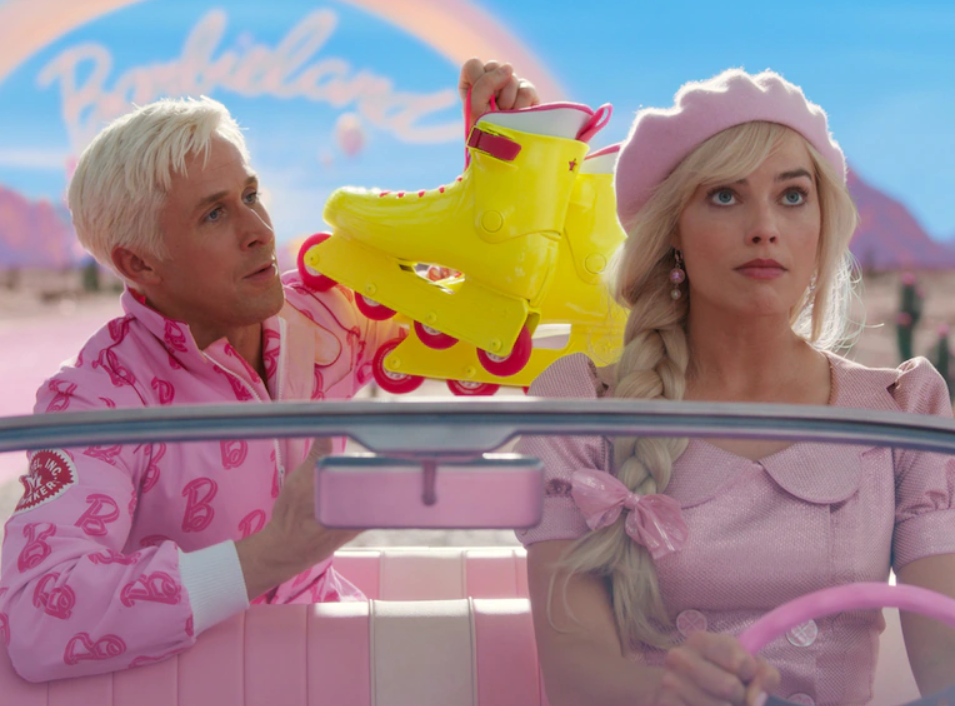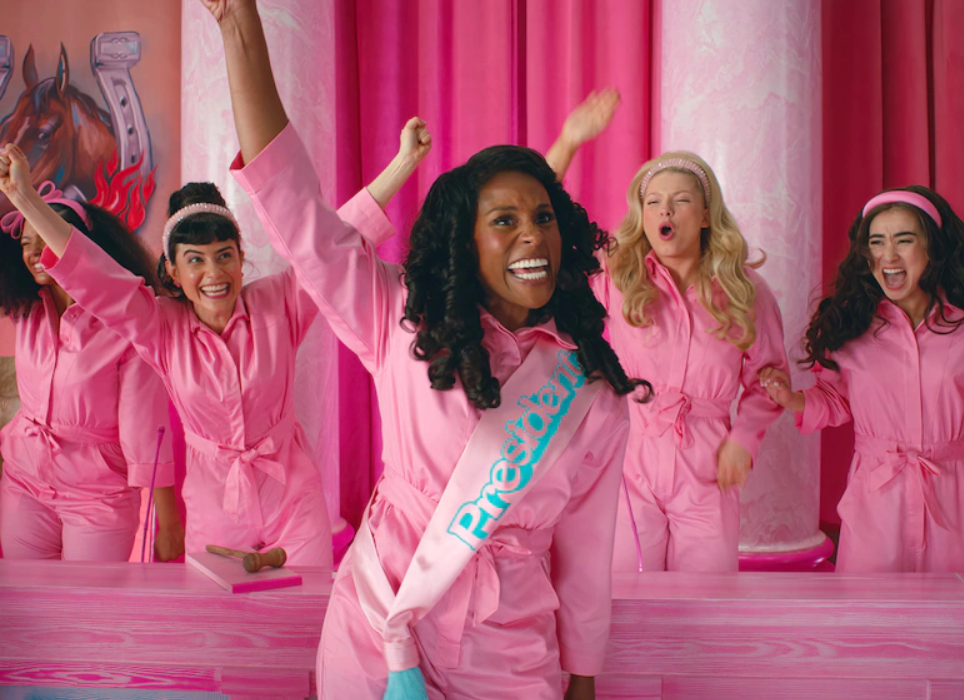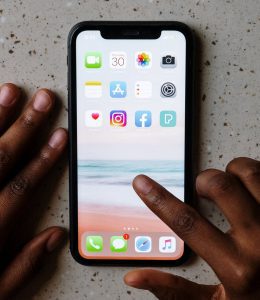Love it or hate it, the world has gone pink! Unless you are living under a rock, you cannot escape the behemoth marketing budget behind Mattel’s release of its movie, Barbie. Coupled with a record setting box office hit ($1 billion and counting), the proliferation of Barbie-associated merchandise is, depending on your perspective, all-encompassing, overwhelming, inescapable or impressive. Whichever adjective you choose, we can all agree that ‘lucrative’ trumps them all!
In watching the world become somewhat unwillingly ensconced in everything Barbie, savvy businesspersons should be viewing this marketing machine with careful consideration of how to leverage a product’s brand to infiltrate the consumer at every level. How is this done? At the root lies an interwoven combination of intellectual property protection, licensing, and leveraging strategic partnerships.


Laying the Foundation of the Brand through Trademark Laws
If you’re running a heavily branded, consumer-facing company (regardless of whether you’re providing a service or product), a company’s brand is an invaluable corporate asset. Trademark and copyright protection are the foundational tenets of Mattel’s brand protection strategy for Barbie.
In simple terms, a trademark may comprise, alone or in combination, word(s), numbers, slogan, designs, symbols, sound, hologram, moving images, taste, colour, texture, mode of packaging, 3-D shapes and/or positioning of a sign, which are used by an entity to identify the source of its products or services from others in the marketplace. The function of a trademark identifies the company as the source of the product/service in the marketplace.
Given that the trademark is a significant asset of the entity, the prudent business approach is to register the trademark. There are significant advantages to registering a trademark, such as a) prima facie evidence of ownership, b) exclusive ownership rights across Canada, c) 10 year renewable registration periods, and d) an elevated platform from which to assert your rights across brand trolls and infringers. Simply put, securing and formalizing trademark protection enables a brand owner to carve out a branded monopoly for use of the trademark. The greater the scope of protection, the wider the net of market penetration through increased merchandising opportunities.
In Canada alone, Mattel owns close to 20 BARBIE trademark applications and/or registrations. Although in 1963 Mattel originally obtained a Canadian trademark registration for the trademark, BARBIE, in association with dolls, Mattel shortly expanded its scope of coverage to include a myriad of products and services. For example, as recently as December 2021, Mattel filed a Canadian trademark application for BARBIE in association with expanded services that would be marketed and sold under the BARBIE brand. Some of the services are somewhat predictably related services such as juice bars, tanning salon services and manicure services; others push the pendulum such as mental health services hospitals and plastic surgery services.


Strategic Licensing Partnerships
Given that intellectual property protection bestows conditional exclusivity to the brand owner, Mattel is empowered with the ability to authorize third parties to commercialize its brand. This is a key component to the proliferation of commercial opportunities and marketplace penetration. Simply put, licensing is a business tool that commercializes intellectual property and brand. Through intellectual property laws, the intellectual property owner is able to create a monopoly, restricting third parties from using/commercializing its intellectual property. Licensing creates a controlled mechanism for third parties to use the intellectual property, which creates an additional revenue stream for the intellectual property owner. It can be quite lucrative. There has to be a clear business rationale for entering into licensing agreements, such as expanding into complimentary products and services, entering into new territories and creating further market opportunities and income streams.
A written contract is critical business tool as it codifies the business relationship, clearly delineating risks, liabilities, rights, obligations and restrictions. Ultimately, smart licensing creates immense opportunities. However, you are entrusting a third party with your intellectual property, which is a very valuable business asset. Take great care in architecting a sound licensing regime that best protects your business. Carefully architect the compensation model. Itemize the payment terms. Regulate the sharing of your business’ confidential information through strong confidentiality provisions. Delineate strong quality control measures. Bolster your position through strong representations and warranties. Itemize the events that trigger termination. Understand who is responsible for what if the deal terminates.
Mattel’s embrace of licensing is what has enabled the Barbie brand to unapologetically infiltrate our lives, with over 100 licensing deals that span from retail stores, toys, fashion, beauty and accessories. Even though the movie is reported to be a billion dollar box office hit, the revenue generated from these licensing deals will significantly bolster Mattel’s bottom line.


The Takeaway
Clearly Mattel’s Barbie brand is well-established and well-funded. However, every successful brand was a start up at some point. Tearing back the decades of success, it was a concept that started as a children’s toy. Investing in intellectual property protection, coupled with smart licensing deals enabled Mattel’s Barbie brand to become a pop culture phenomena. Understanding the underlying principles and applying them to your business is the beginning of your brand’s path to success.


Ashlee Froese is a branding lawyer who founded Froese Law, a boutique law firm that focuses on the intersection of pop culture and law.













